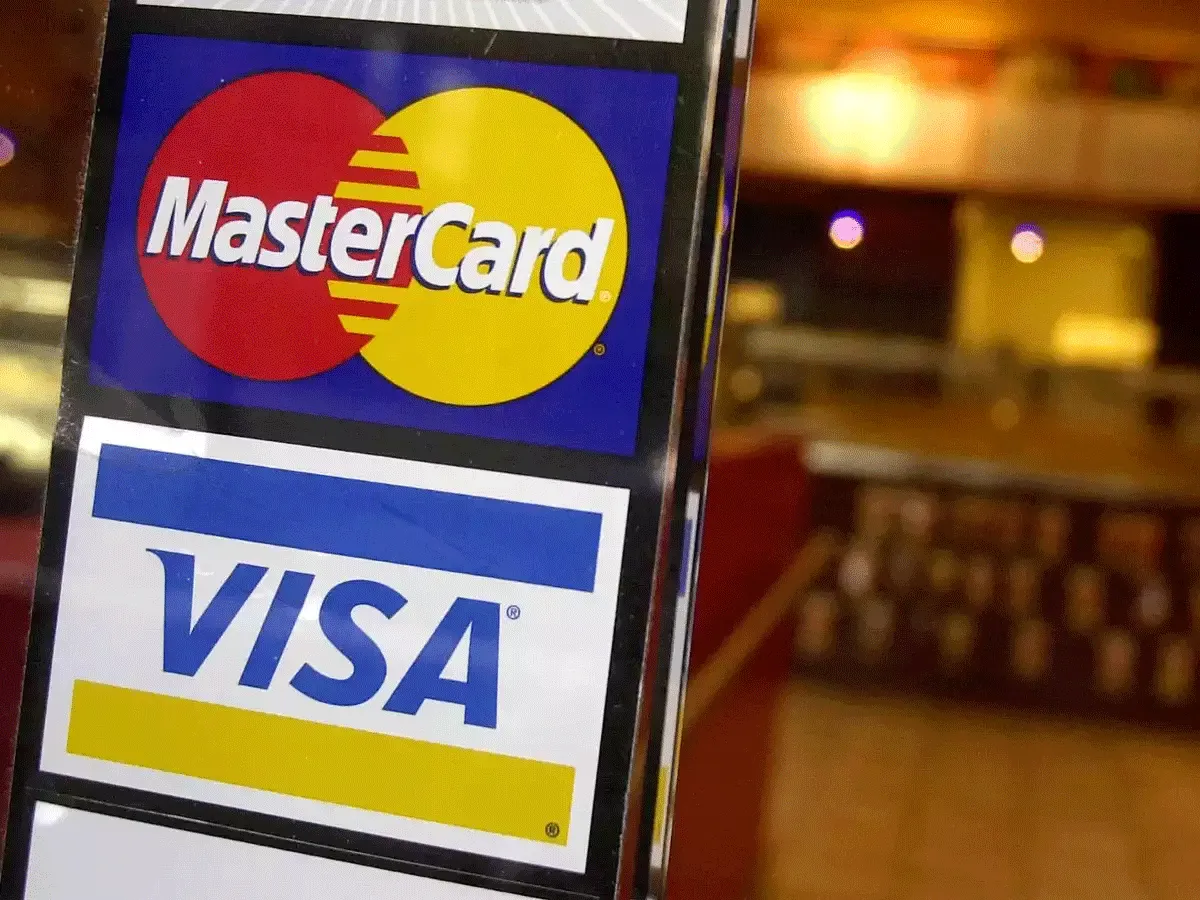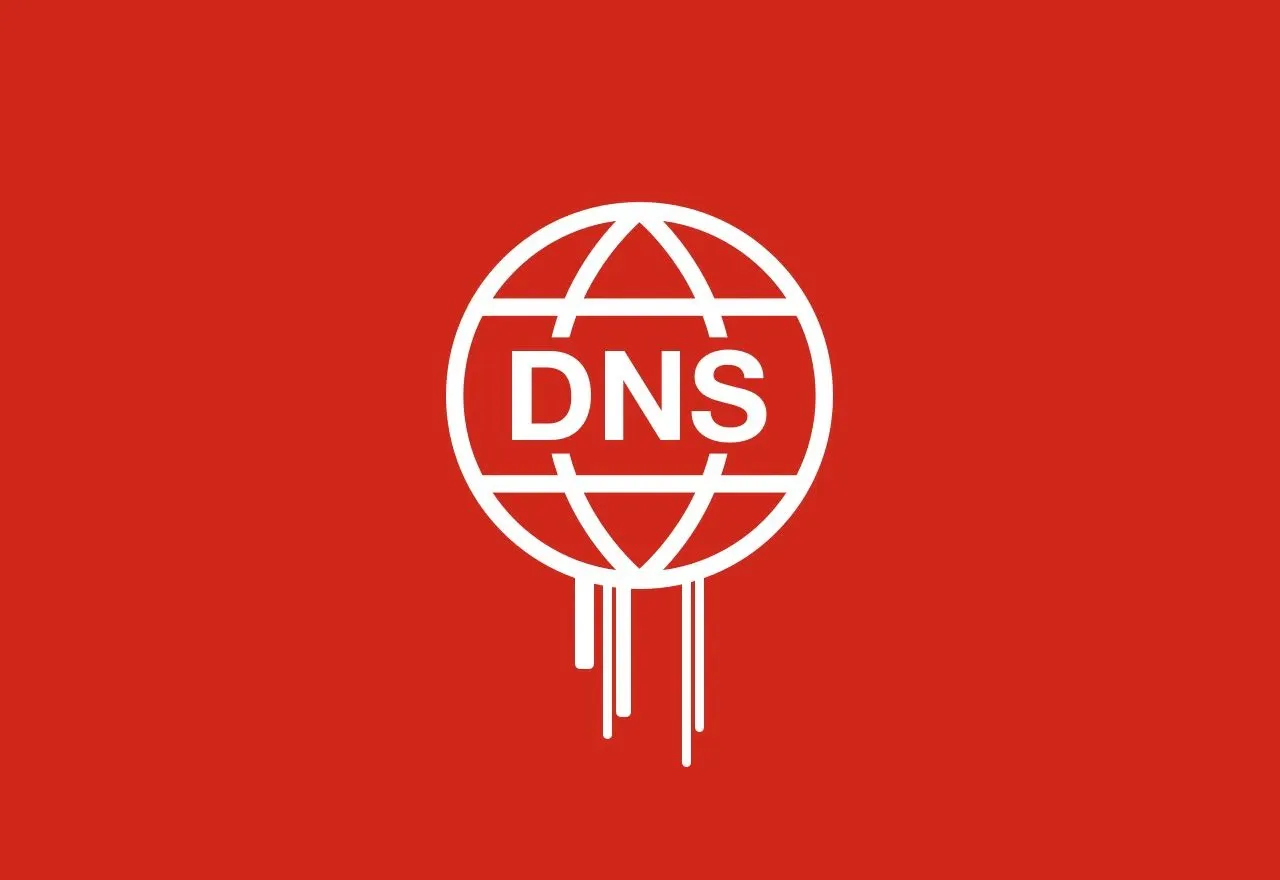In the fast-paced world of Internet security, a single typo can open the door to significant vulnerabilities. This was starkly highlighted when a security researcher discovered a critical error in the domain name server (DNS) settings of MasterCard, one of the world’s most trusted payment networks. The error, which had gone unnoticed for nearly five years, involved a simple yet potentially disastrous typo that could have allowed cybercriminals to intercept or divert traffic intended for MasterCard.

A Small Typo with Huge Implications
The issue centered around a misconfiguration in the DNS settings used by MasterCard. DNS, often likened to the Internet’s phone book, is crucial for directing online traffic. MasterCard relies on five DNS servers shared with the Internet infrastructure provider Akamai. However, one of these servers was erroneously set to rely on the domain “akam.ne” instead of “akam.net”. This mistake, appearing innocuous at first glance, was anything but.
From June 30, 2020, until January 14, 2025, this misconfiguration persisted unnoticed. It wasn’t until Philippe Caturegli, a vigilant security consultant and founder of Seralys, conducted a routine DNS lookup that the error came to light. Caturegli discovered the domain “akam.ne” was available for registration and took immediate action by securing it to prevent potential abuse. This domain, as it turned out, was under the top-level domain authority of Niger, a detail that adds a layer of complexity and risk to the oversight.
The Proactive Steps of a Responsible Researcher
After registering the domain, Caturegli enabled a DNS server on “akam.ne” and was soon bombarded with hundreds of thousands of DNS requests from around the world. This revealed that MasterCard was not the only entity that had mistakenly used this incorrect domain name. The implications of this error were profound. Had malicious actors exploited this vulnerability, they could have potentially intercepted emails, obtained SSL/TLS certificates, or even accessed sensitive data through Microsoft Windows authentication credentials.

Despite the significant risk, Caturegli chose the path of ethical responsibility. He informed MasterCard of the vulnerability, ensuring that the domain was secured and thus mitigating any immediate threat to the company and its customers. MasterCard acknowledged the mistake a few hours later, though they downplayed the severity of the potential threat.
A Clash Over Disclosure and Ethics
The aftermath of Caturegli’s discovery stirred some controversy. He received a request through Bugcrowd to remove a public disclosure he had made on LinkedIn. This request emphasized the importance of private disclosure agreements in security research, a stance that MasterCard seemed to support. Caturegli, however, had not disclosed the issue through Bugcrowd but had instead acted independently to secure the domain before making any public statements.
Lessons from the Incident
This incident serves as a stark reminder of the fine margins on which online security hangs. MasterCard’s misconfiguration could have led to significant disruptions and breaches had it not been for the proactive actions of a concerned researcher. It underscores the need for rigorous checks and balances in the management of DNS settings, a critical infrastructure component for any online entity.
Moreover, the situation highlights the ethical dilemmas and pressures that security researchers can face when they uncover significant vulnerabilities. The balance between responsible disclosure and public awareness is delicate and requires careful navigation to ensure security without causing undue alarm.

The MasterCard DNS error is more than just a technical oversight; it’s a cautionary tale of what can happen when small details are overlooked in a domain as unforgiving as cybersecurity. It also exemplifies the ethical and procedural challenges that come with the territory of digital security research. For companies like MasterCard and the broader industry, it’s a call to maintain constant vigilance and reinforce the layers of security that protect our digital world.










